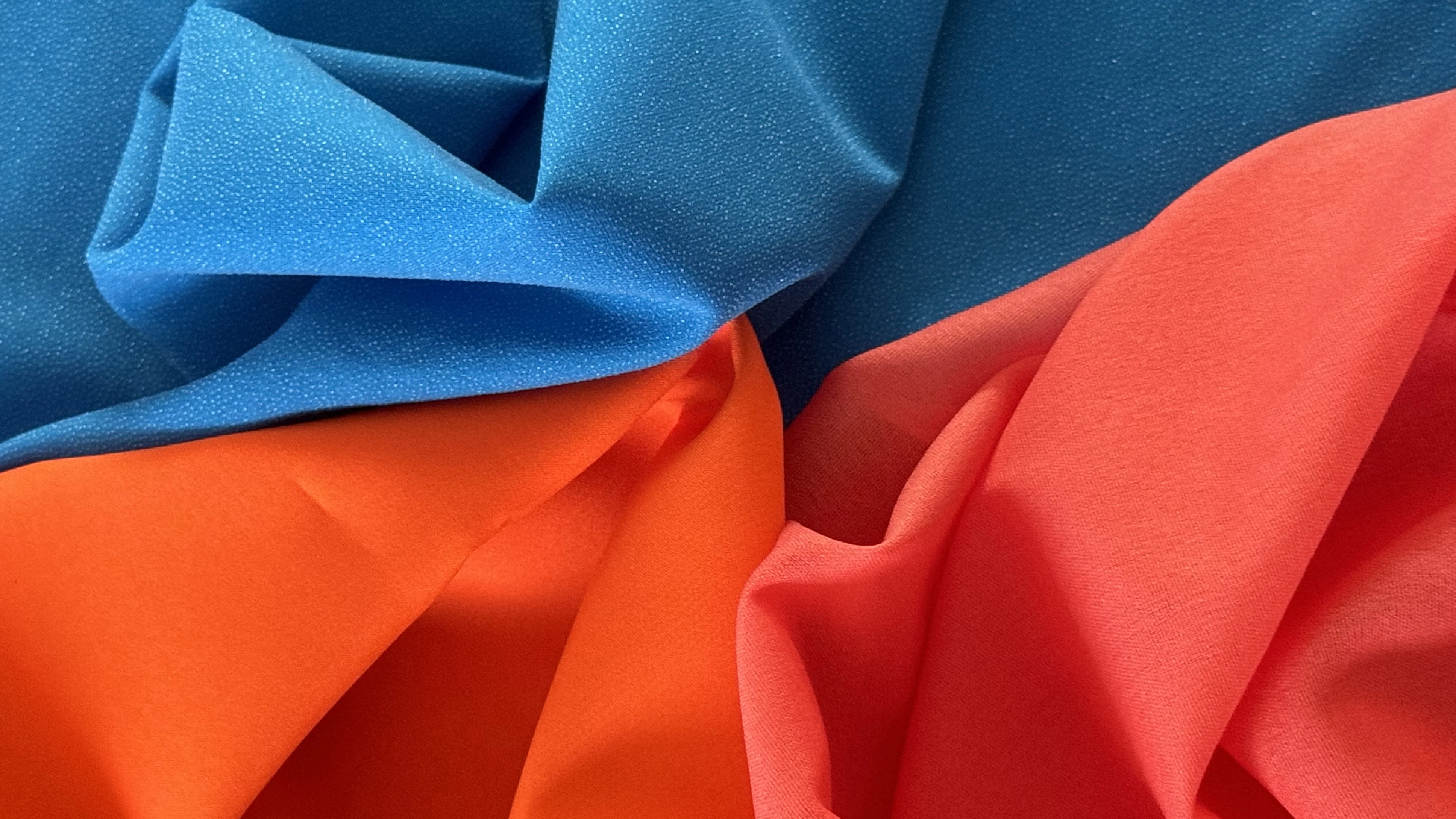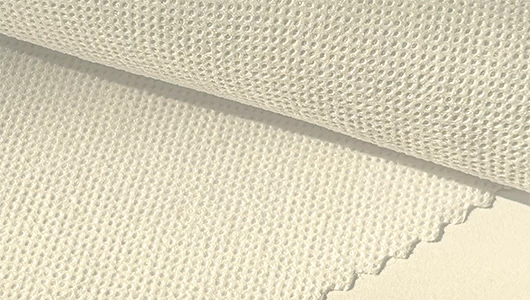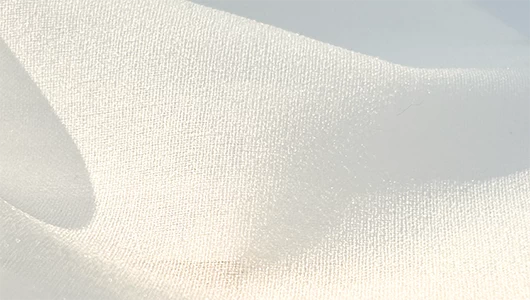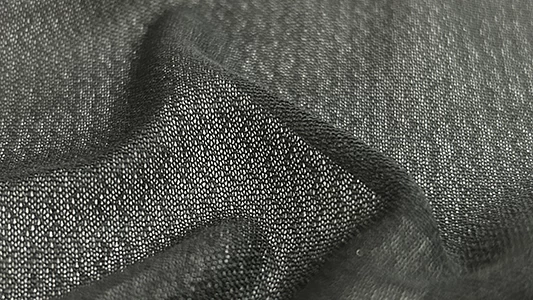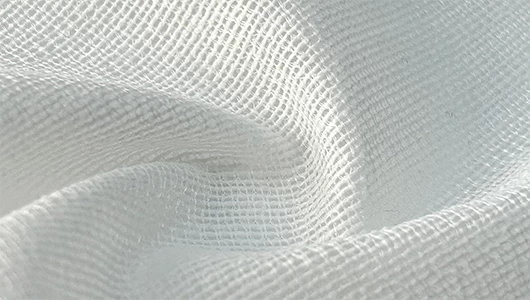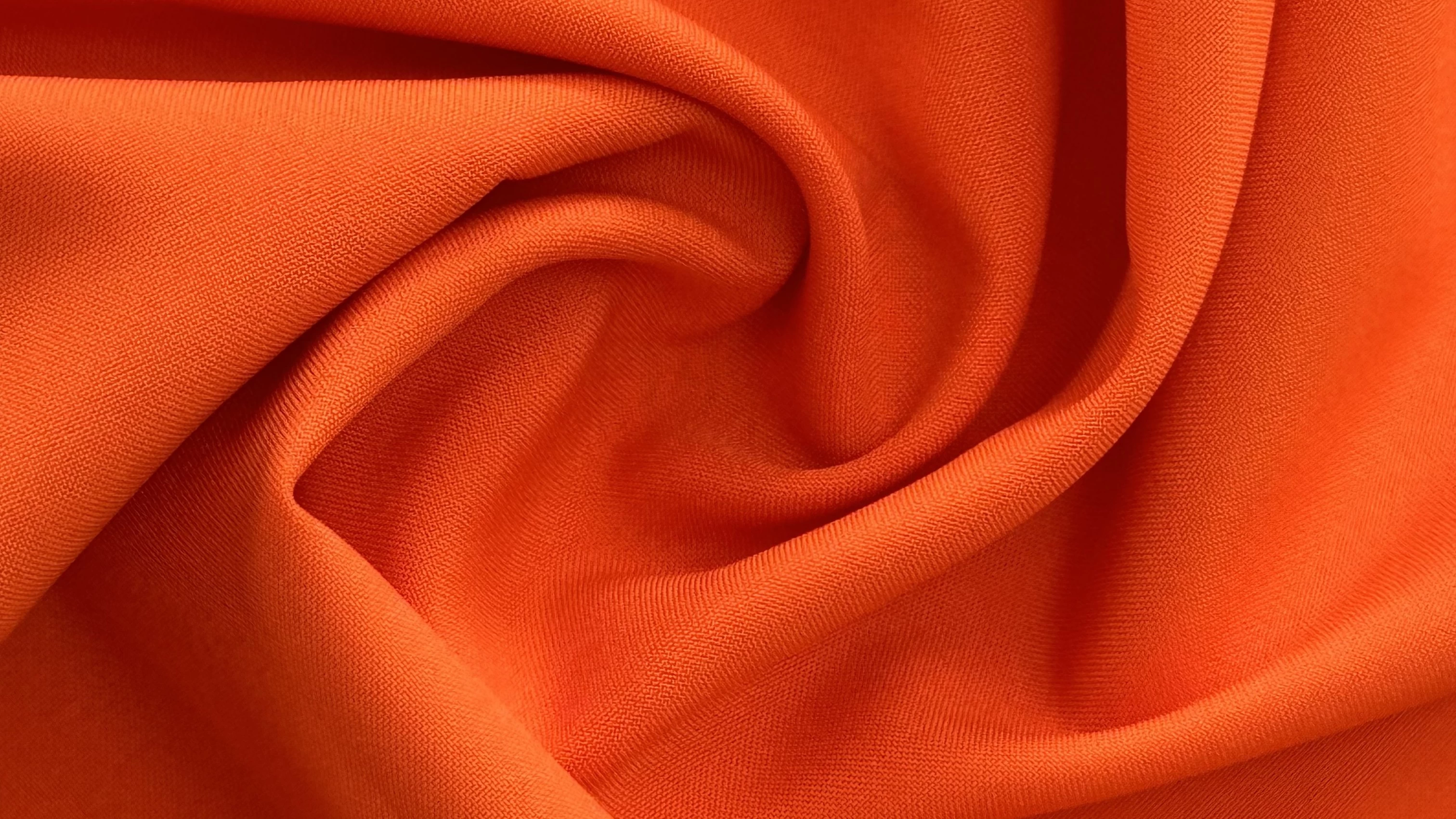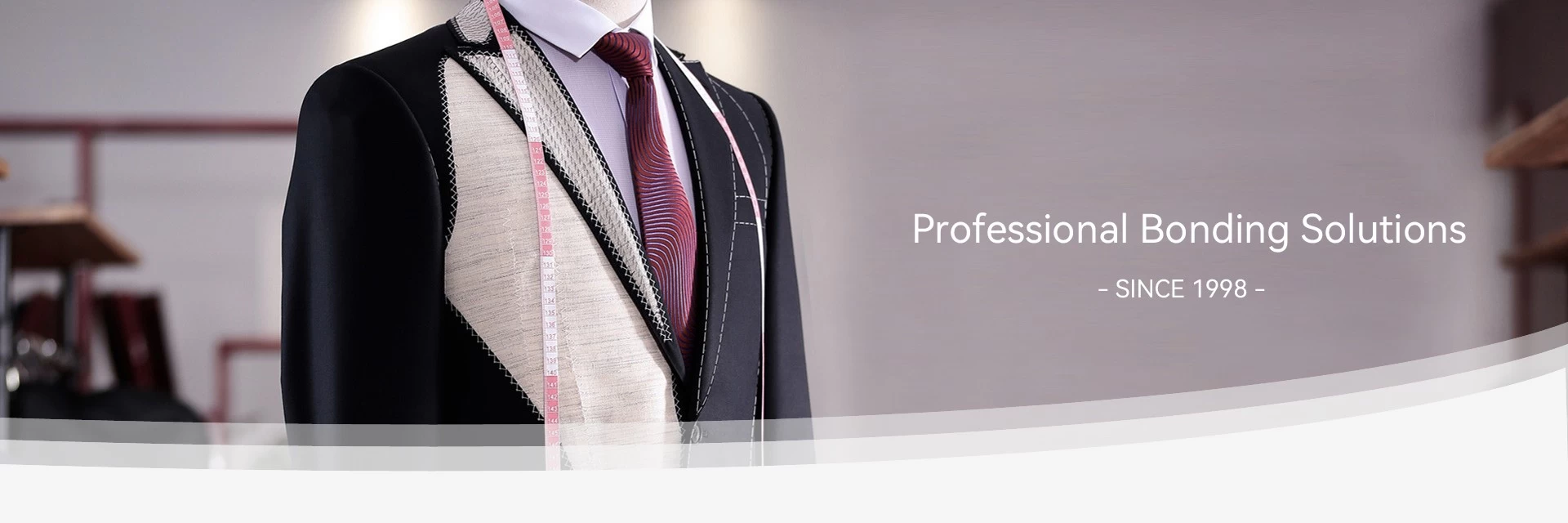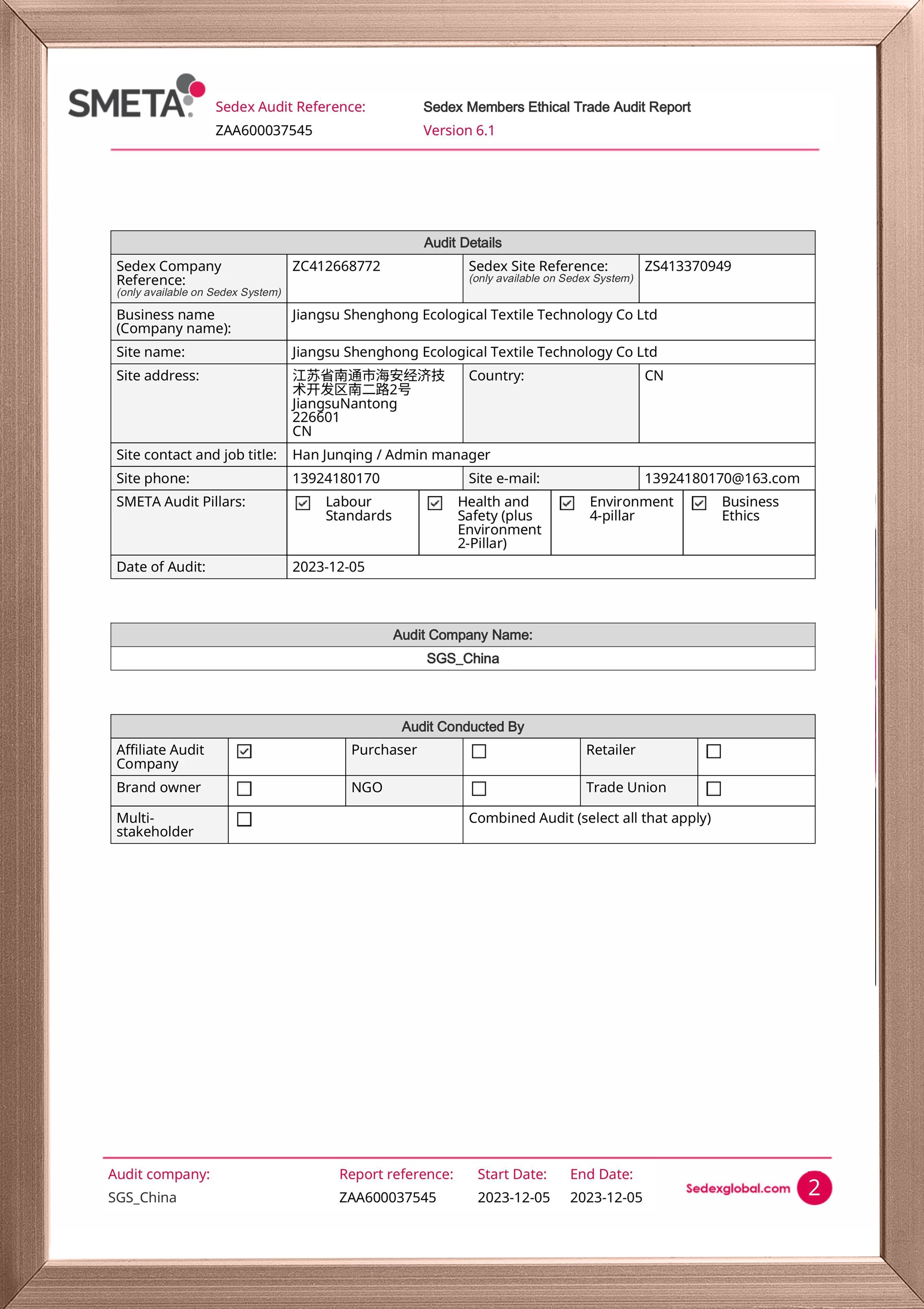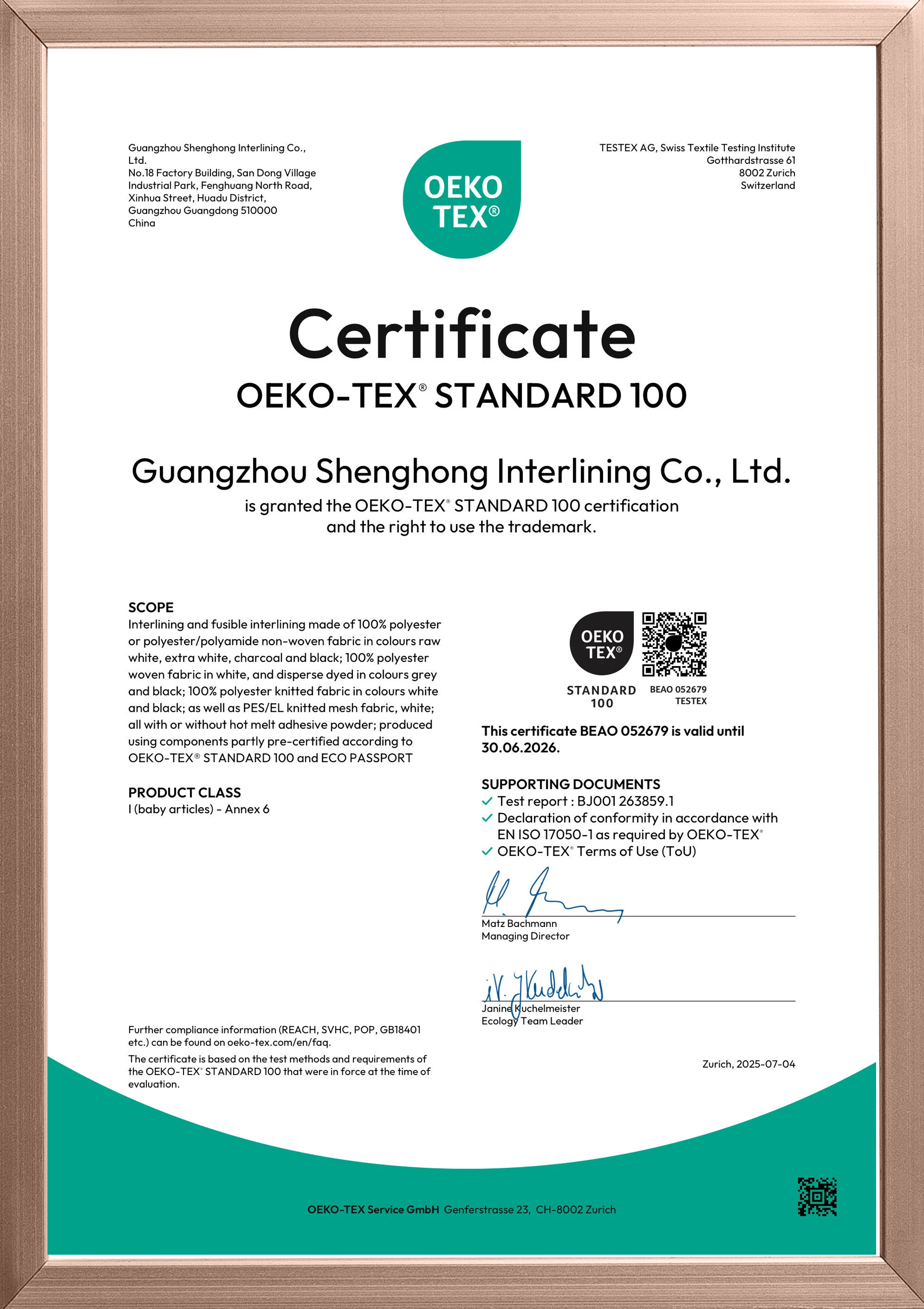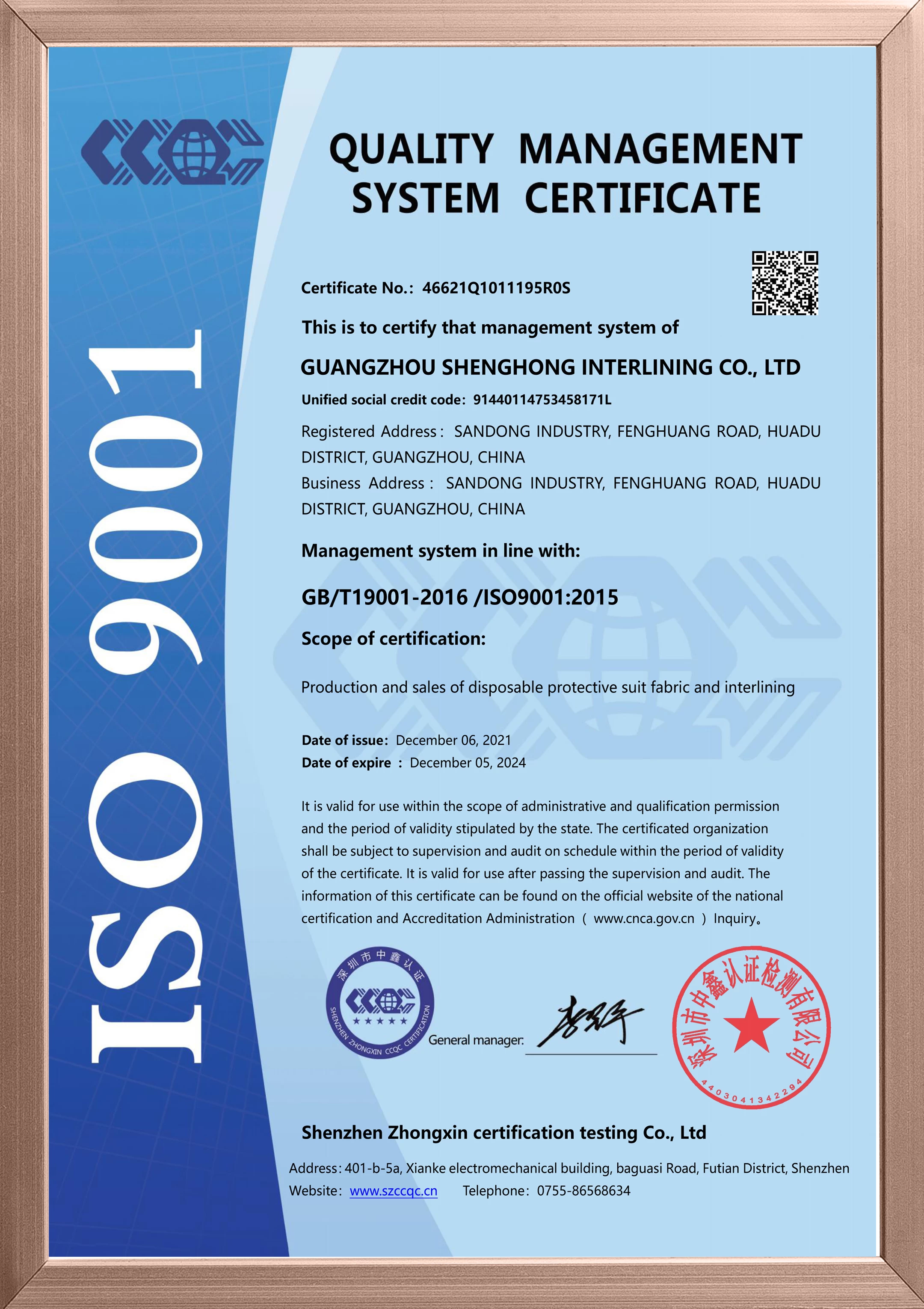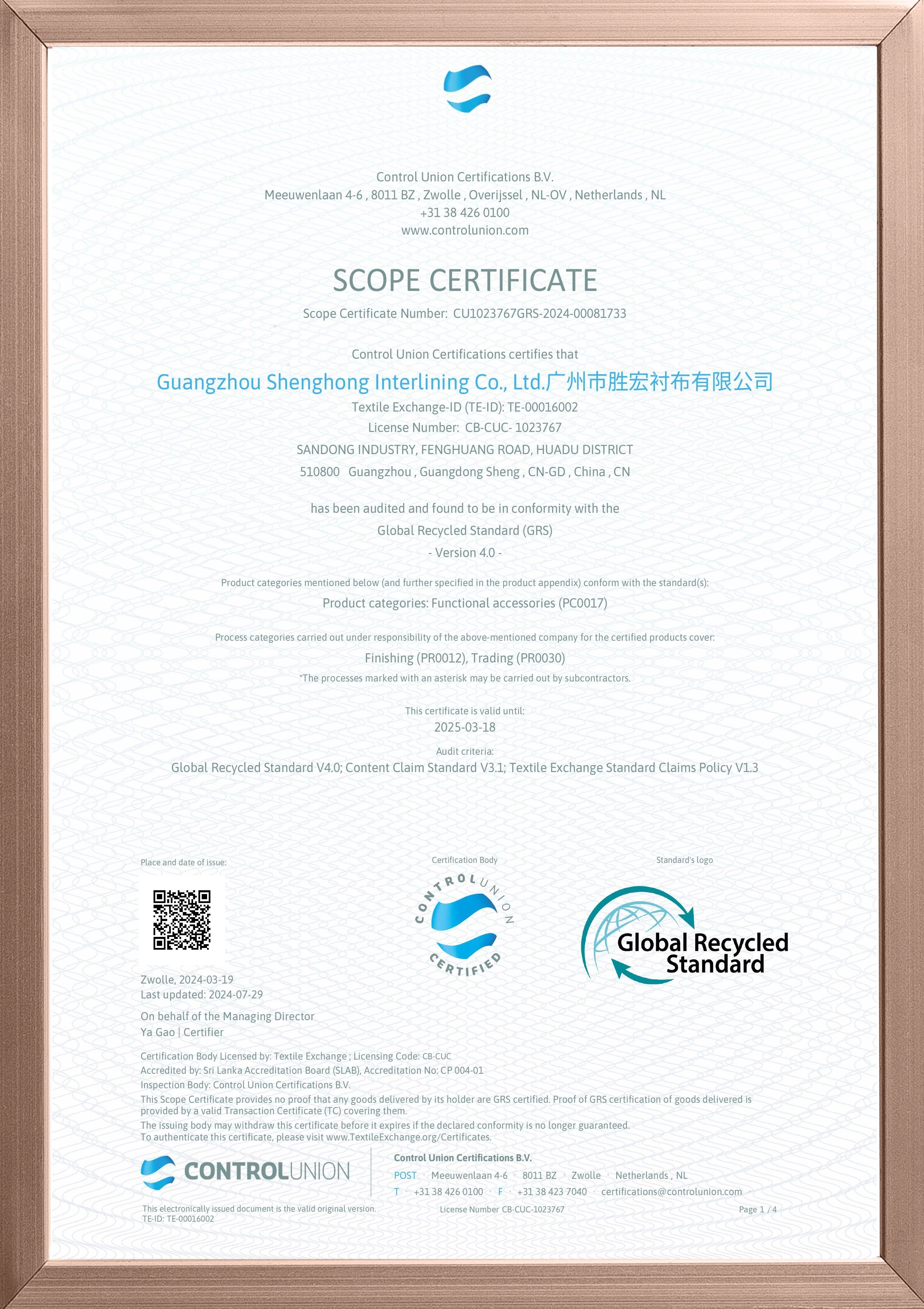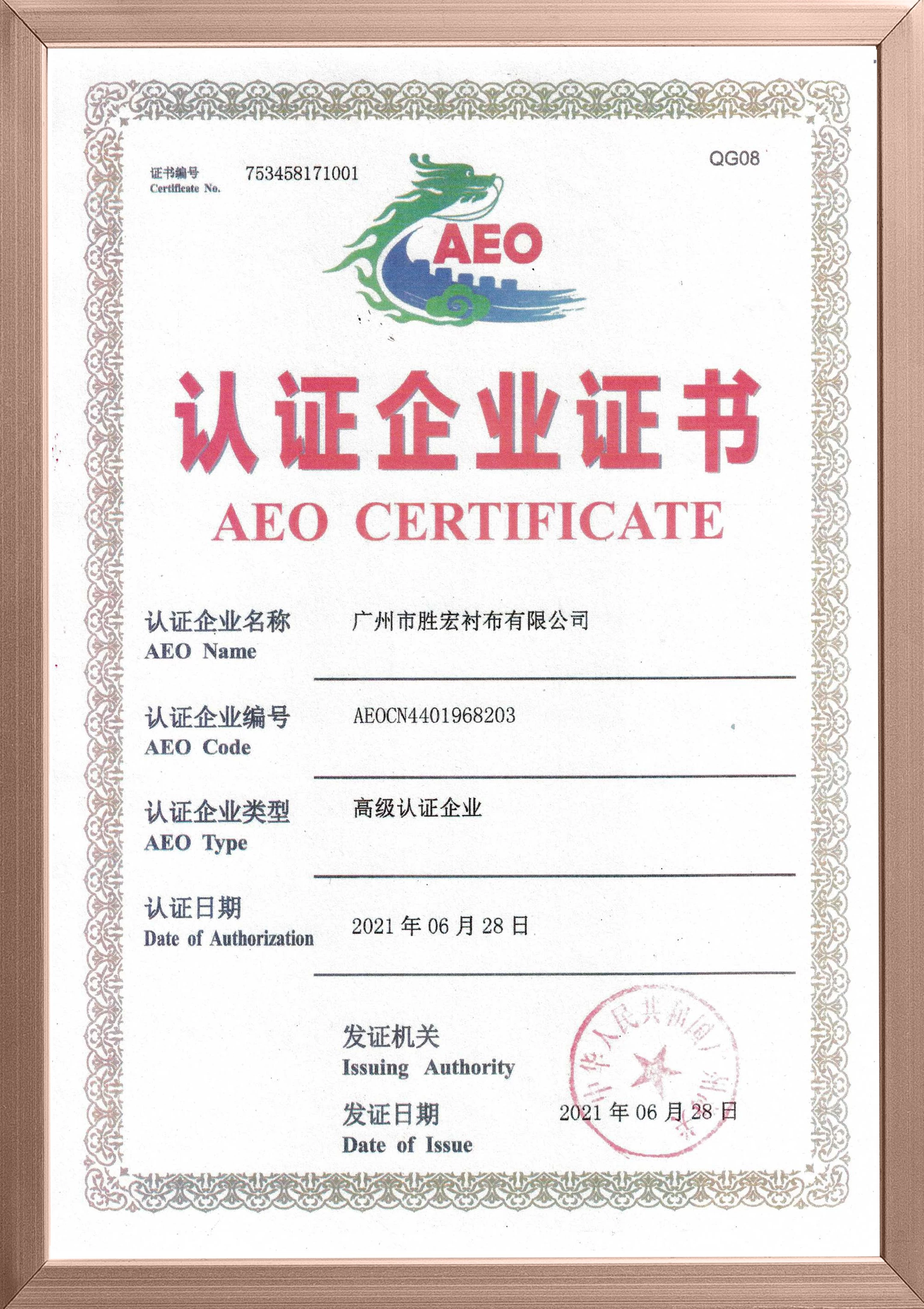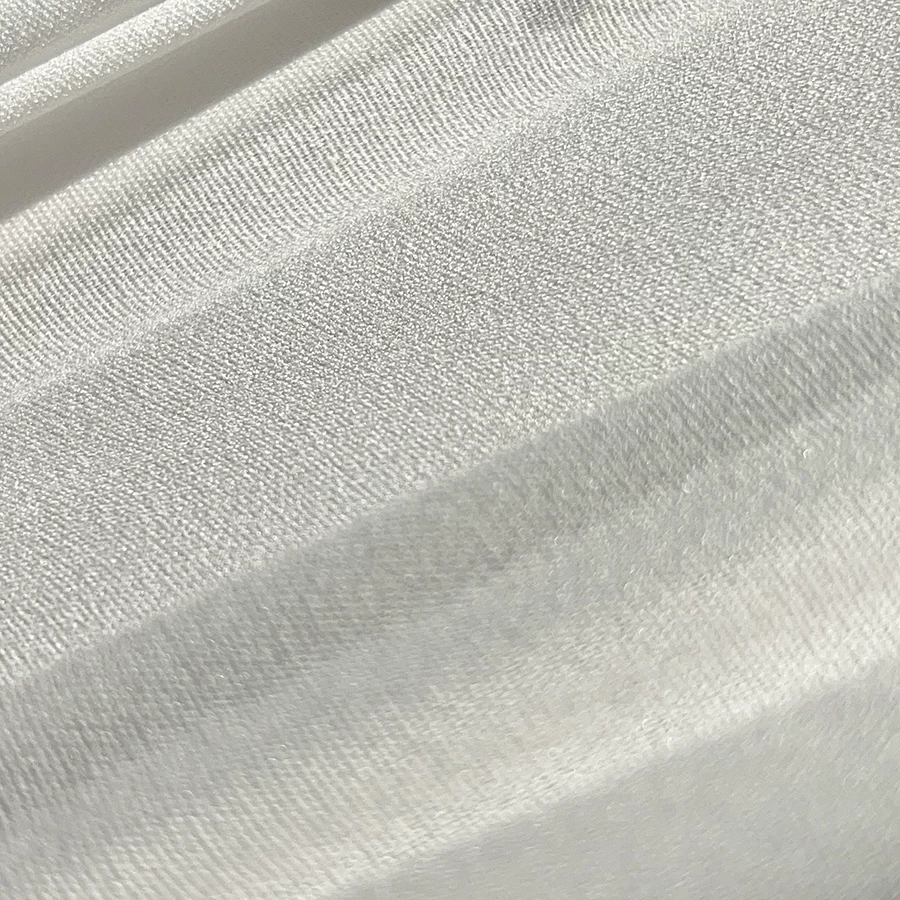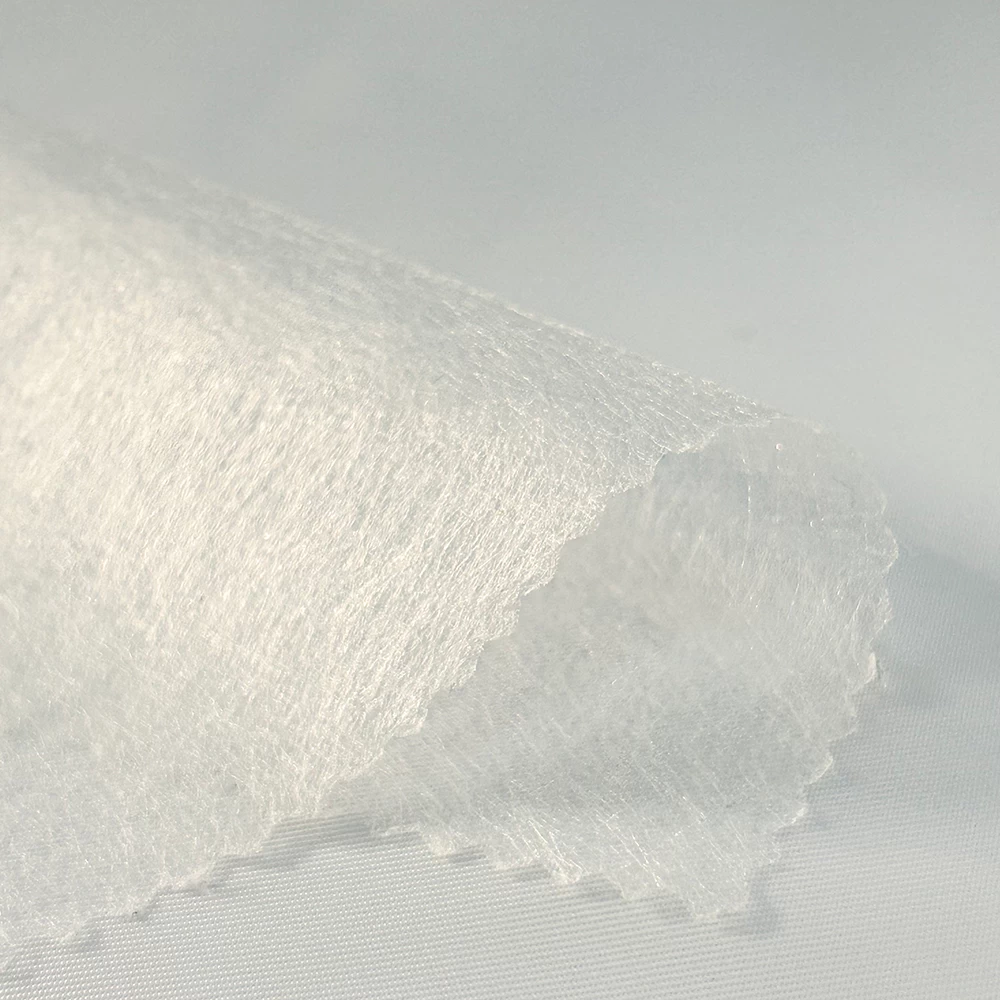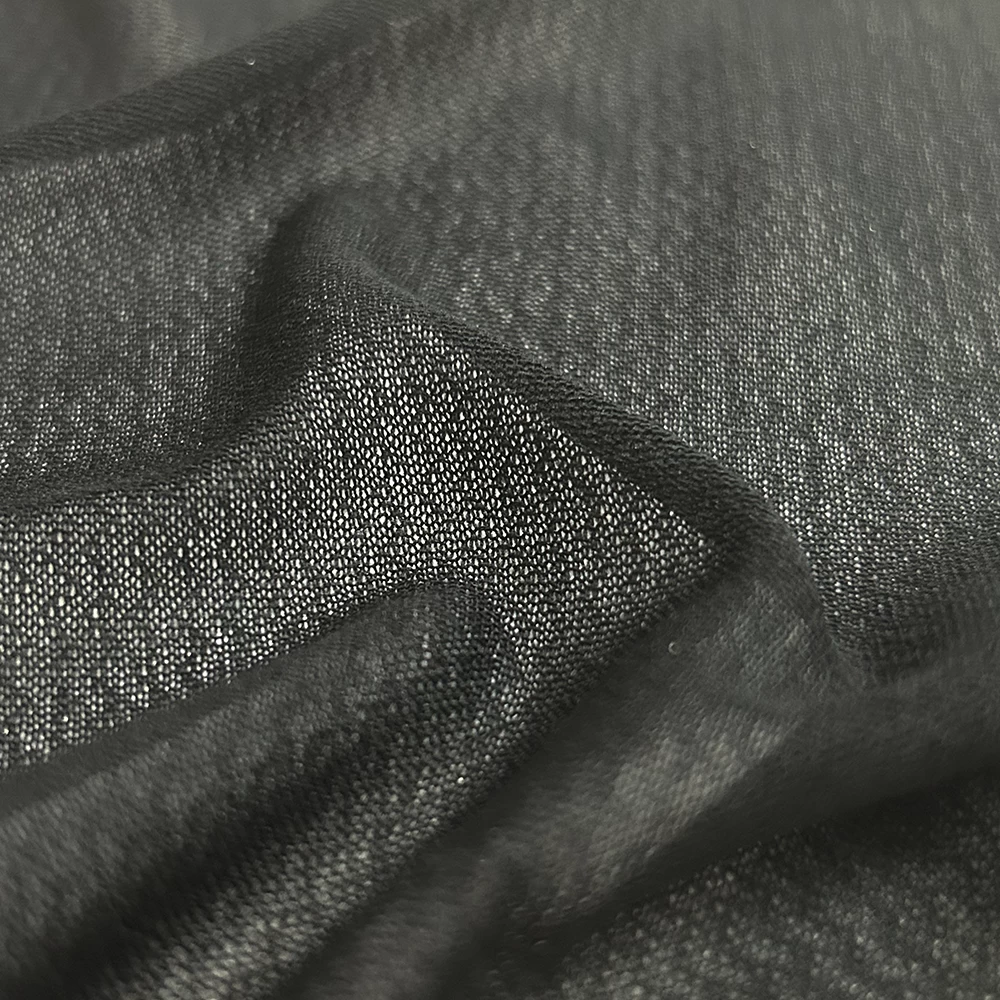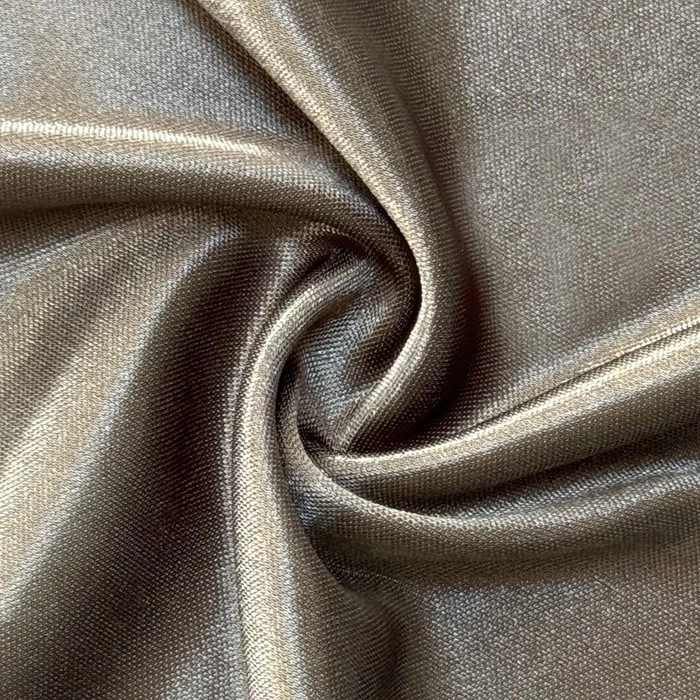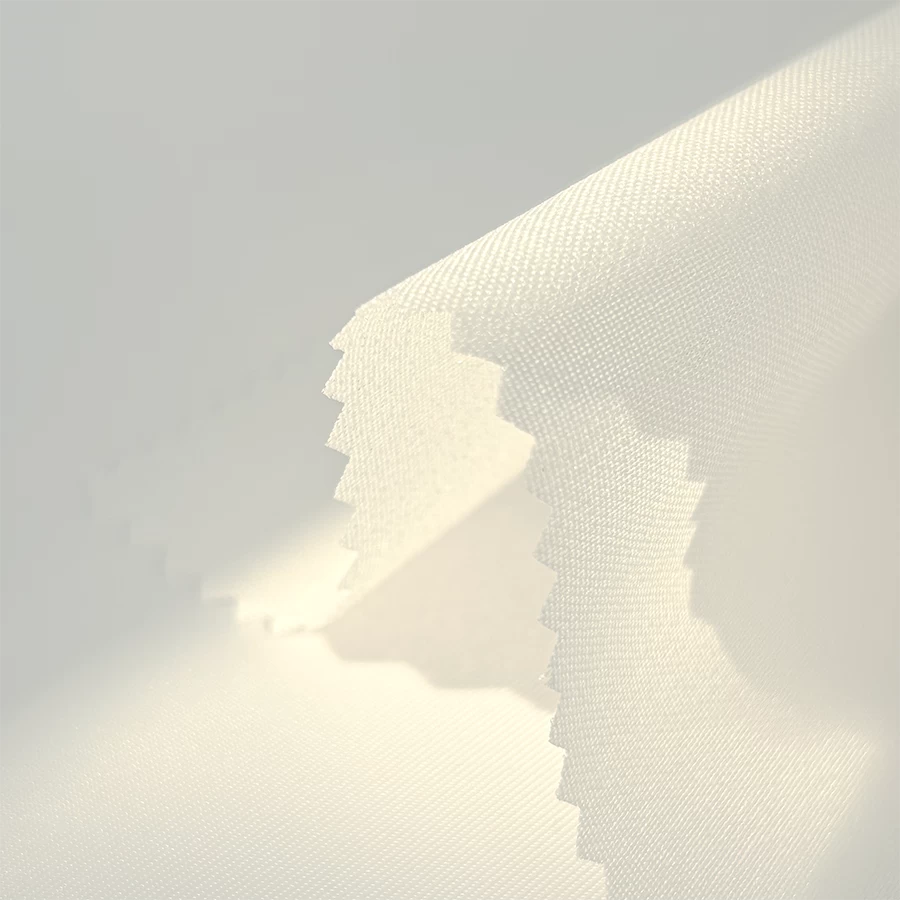What is the difference between a woven interlining and a non-woven interlining?
1. Production process and material difference
(1) Spun interlining
Woven interlining is woven through yarns with a clear direction. This weaving process makes the spunlaced interlining more stable in structure, and the interweaving between the yarns also enhances its strength and durability. Woven interlinings are typically made from fiber materials such as cotton, polyester, and nylon, which have good breathability and some elasticity, allowing woven interlinings to provide extra support and comfort in apparel and home textile products.woven interlining wholesales
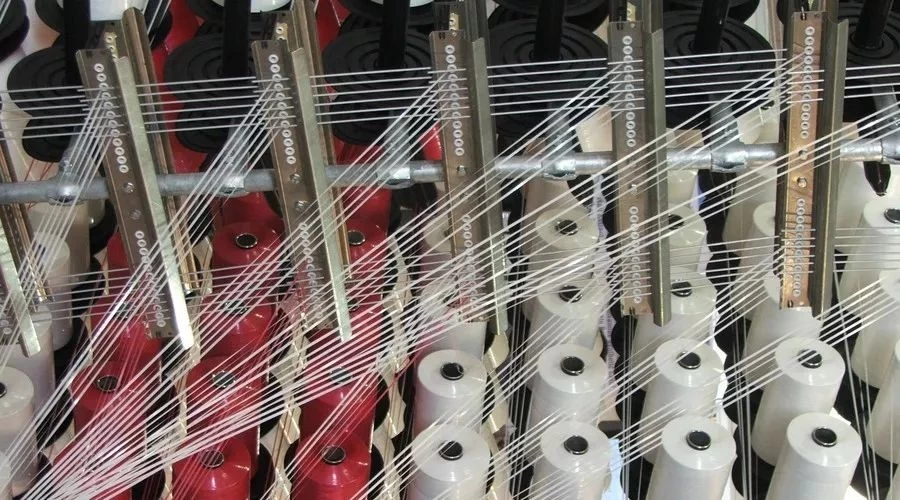
(2) Nonwoven Interlining
Non-woven interlining does not require spinning or weaving; it is made by chemically or physically bonding or combining fiber materials together. This process makes nonwoven interlining more efficient and less costly to produce. Nonwoven interlinings are made from a wide range of materials, including polyester and polypropylene fibers. These materials are usually soft, lightweight and breathable, enabling nonwoven interlinings to provide a more snug and comfortable fit in apparel and home textile products.non-woven interlining factory
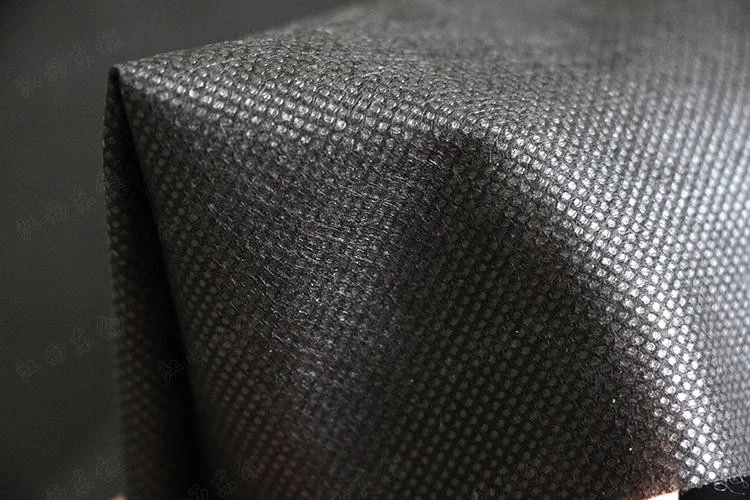
2. Characteristics and application differences
(1) Spun interlining
Woven interlining is slightly harder to the touch, but has a stronger texture and stiffness. It is effective in adding thickness and stability to garments while providing additional support. In addition, woven interlinings can usually be treated with washing and ironing, providing some durability and wrinkle resistance.
Woven interlinings are widely used in areas of garments that require support and reinforcement such as collars, cuffs and pockets. In formal garments such as suits and jackets, woven interlinings can provide a more stiff and three-dimensional effect. In addition, spun interlining is also commonly used on the side walls and bottoms of bags to enhance the structure and stability of the bag.
(2) Non-woven interlining
Non-woven interlining is soft, light and breathable. It is able to bond tightly with the fabric to provide a smooth fit. At the same time, nonwoven interlining has a certain degree of elasticity, which allows it to adapt to changes in fabric expansion and contraction. However, nonwoven interlining is usually not washable or has a limited number of irons, so it may be slightly less durable than woven interlining.
Nonwoven interlinings are widely used in the fusible interlining areas of garments, such as the collars and cuffs of shirts and the waists of skirts. The use of nonwoven interlining in these areas provides a better fit and smoother effect, while reducing the weight and thickness of the fabric. In addition, nonwoven interlining is also commonly used in the production of home textile products, such as quilts, pillowcases, etc., to increase their thickness and comfort.
3. Comparison of roles
(1) Support and enhancement: Due to its hardness and stability, woven interlining can provide stronger support and enhancement in clothing and home textile products. It makes clothing more upright and three-dimensional, while improving the durability and wrinkle-resistant performance of the product.
(2) Fit and Comfort: Nonwoven interlining provides a better fit and smoother effect in apparel and home textile products due to its soft, lightweight and breathable characteristics. It allows clothing to conform to the body's curves, improving comfort and breathability.shenghong interlining factory china

